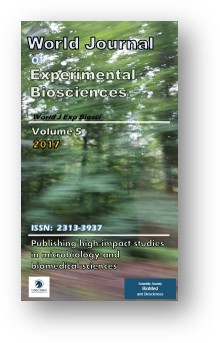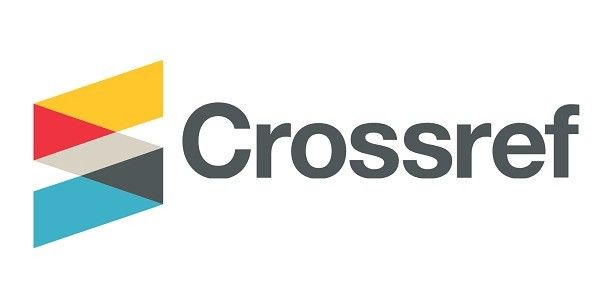Extraction and Purification of Pseudomonas aeruginosa Lipopolysaccharide Isolated from Wound Infection
Keywords:
Gel filtration chromatography, hotEDTA, Lipopolysaccharide, Pseudomonas aeruginosa, Sephadex G-200, VITEK 2 system.Abstract
Samples were obtained from patients suffering from burns and wounds and then identified using the biochemical tests and the VITEK 2 fluorescent system. The tests confirmed the presence of Pseudomonas aeruginosa. Antibiotic susceptibility testing showed that the isolate was sensitive to piperacillin, ceftazidime, cefepime, imipenem, meropenem, amikacin, gentamicin, tobramycin, ciprofloxacin and levofloxacin while resistant to ampicillin, cefazolin, ceftriaxone, tigecycline and trimethoprim/sulfamethoxazole. The lipopolysaccharide (LPS) was extracted by the hotEDTA method and partially purified by gel filtration chromatography using the Sephadex G-200.
Downloads
Published
Issue
Section
License
Copyright (c) 2017 Authors

This work is licensed under a Creative Commons Attribution-NonCommercial-NoDerivatives 4.0 International License.
All articles in the World Journal of Experimental Biosciences are published under the terms of the Creative Commons Attribution 4.0 International License (CC BY 4.0), which permits unrestricted use, distribution, and reproduction in any medium, provided the original work is properly cited.






